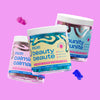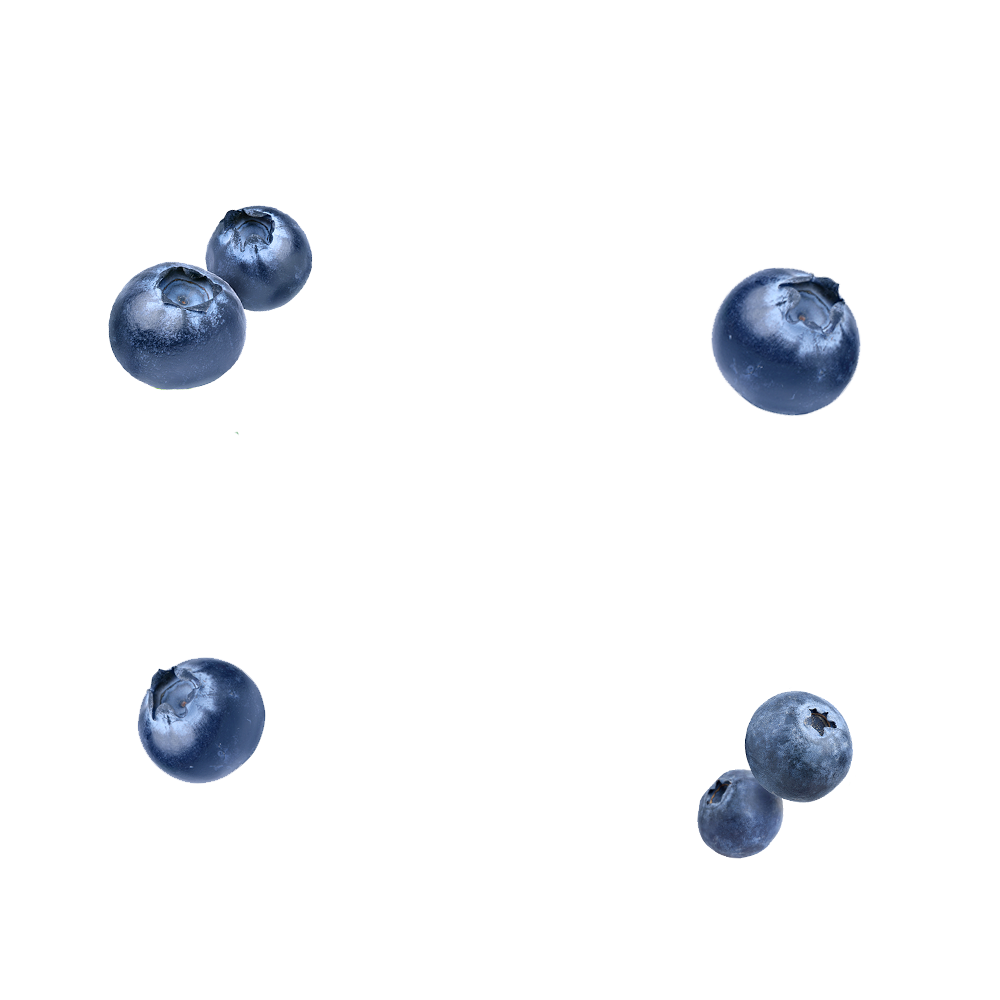Tanning Safely: Everything You Need to Know About UV Rays and How to Protect Yourself

As summer draws near, the allure of soaking up the sun for a golden tan becomes irresistible. However, every summer, sunburns, redness and heat rashes spoil our holidays.
Understanding the fundamentals of protecting ourselves from UV rays while still reaping their benefits is crucial.
In this guide, we cover all you need to know about UV rays and offer essential yet straightforward tips to safeguard your skin and achieve a healthier, longer-lasting tan.
What are UV rays?
UV rays, which are electromagnetic rays emitted by the sun, play a vital role in our bodies by facilitating the synthesis of vitamin D and influencing our mood positively. However, they can also cause significant damage to the skin. UV rays are divided into three categories based on their ability to penetrate the skin:
UVA - Penetrate the dermis slowly but deeply, activating the melanin in our skin and gradually inducing tanning. However, they also contribute to photoaging, characterised by premature skin ageing due to excessive sun exposure (such as wrinkles, loss of elasticity, and dark spots).
UVB - Penetrate the epidermis relatively quickly but do not reach the dermis. They facilitate the production of vitamin D and promote long-lasting tanning by stimulating the formation of new melanin in the skin 2 to 3 days after exposure. UVB rays are also responsible for sunburns.
UVC - Unlike UVA and UVB rays, UVC rays are fully absorbed by the ozone layer and do not reach the Earth's surface.
Understanding the UV index
The "UV index" refers to the measure of UV radiation intensity. A higher UV index indicates a greater risk of skin damage. The UV index typically peaks around the summer solstice, and it's highest at noon when the sun is most elevated.
Nuchu’s summer tips:
Sunscreen is your best friend
Sunscreen shields you from skin cancer risks and actively combats premature skin ageing. Therefore, whenever you're outdoors, it's important to make a habit of protecting your skin. Remember that applying sunscreen just once a day isn't sufficient; you should reapply it every two hours, continuing this routine until the end of your vacation.
It's important to dispel the myth that sunscreen prevents tanning. In fact, it slows down the tanning process, allowing for a more gradual, even, and longer-lasting tan.
Avoid peak hours
The sun is most harmful between noon and 4 p.m. Additionally, it reaches its highest point at 2 p.m., meaning that this is when the sun is most dangerous because it is less filtered. Applying a good sunscreen obviously does not protect us from all dangers, so it's important to limit our exposure during these hours to avoid sunburn.
Choose the correct SPF
The Sun Protection Factor (SPF) is a protection index that extends the time of skin exposure before sunburn occurs. The right SPF for your skin should be chosen based on your skin type and the intensity of sunlight you are exposed to. When in doubt, it's always better to opt for high protection.
SPF 50+ - You have fair, sensitive, and reactive skin that easily burns and therefore requires particularly thorough protection from the sun.
SPF 30 to 50 - You have olive skin that tans quickly, only getting sunburned with excessive exposure.
SPF 15 to 30: You have very dark skin, rarely experiencing sunburn.
Protect your eyes
Even though we generally shut our eyes when we're exposed to the sun, our eyelids don't provide enough protection against UV rays. UV rays have the ability to penetrate through our eyelids, potentially causing damage to our eyes without our awareness. Additionally, our eyelids can be sunburned just like any other part of our skin. Being exposed to UV radiation can heighten the risk of developing cataracts, as well as growths on the eyes and eyelids, which may include cancer.











